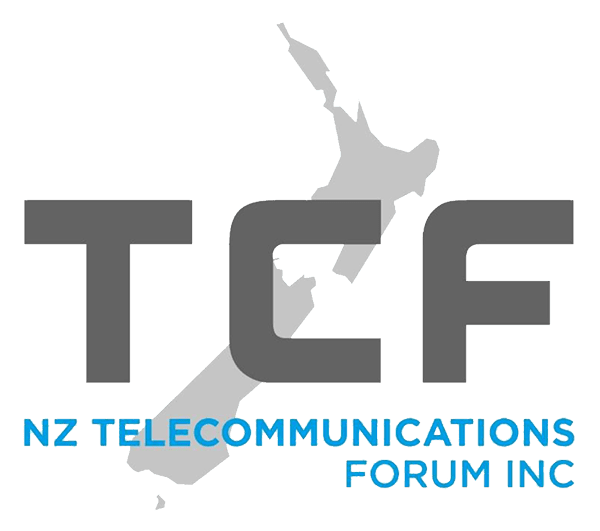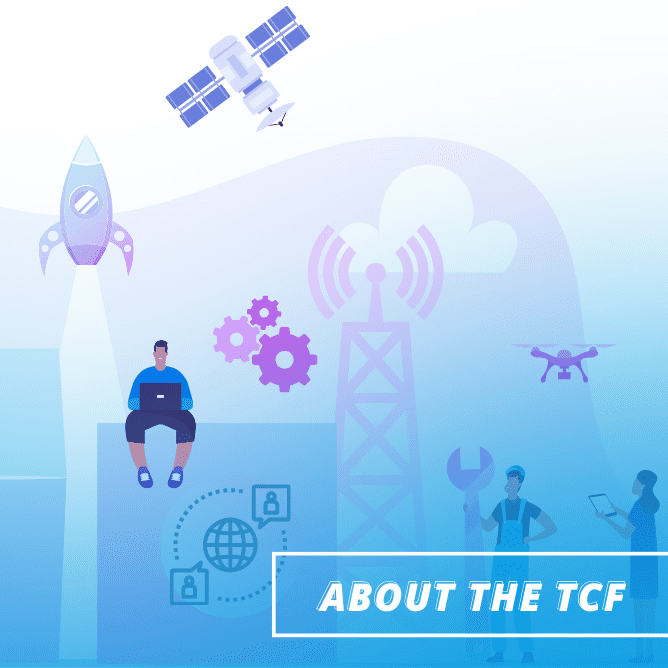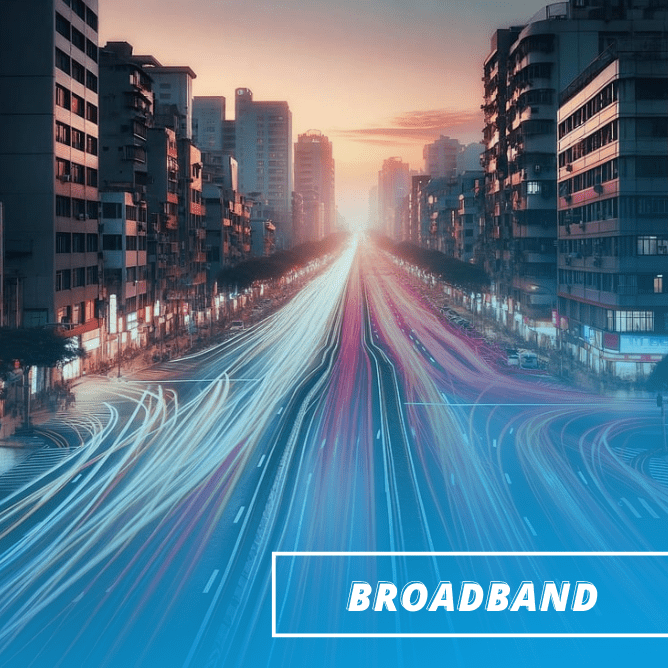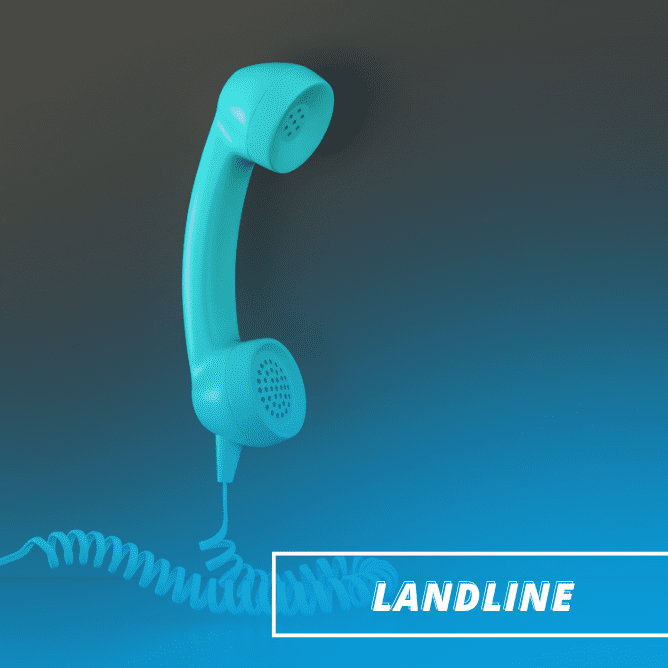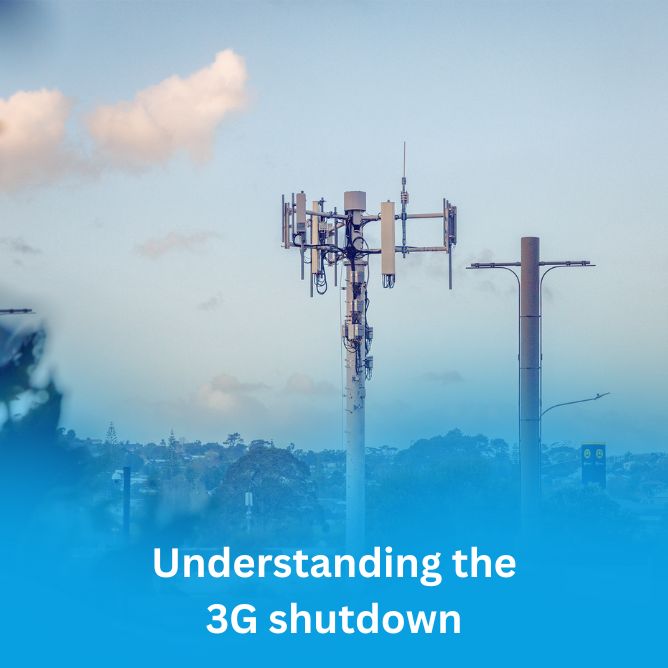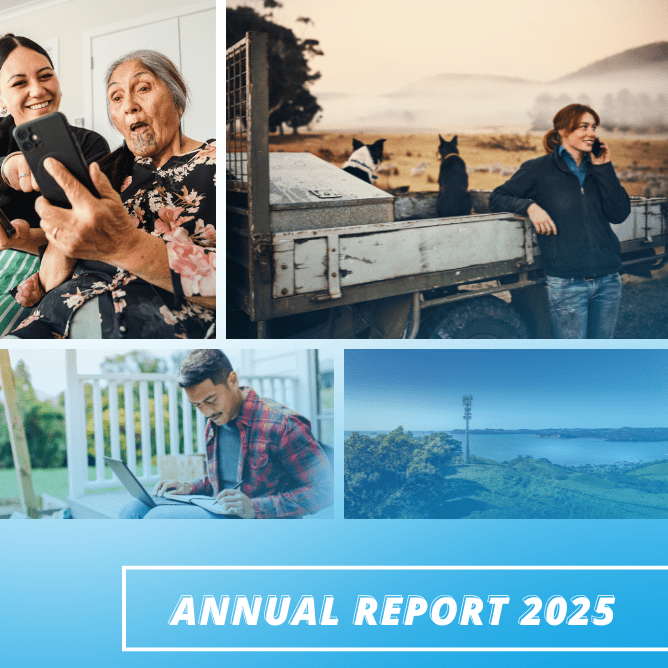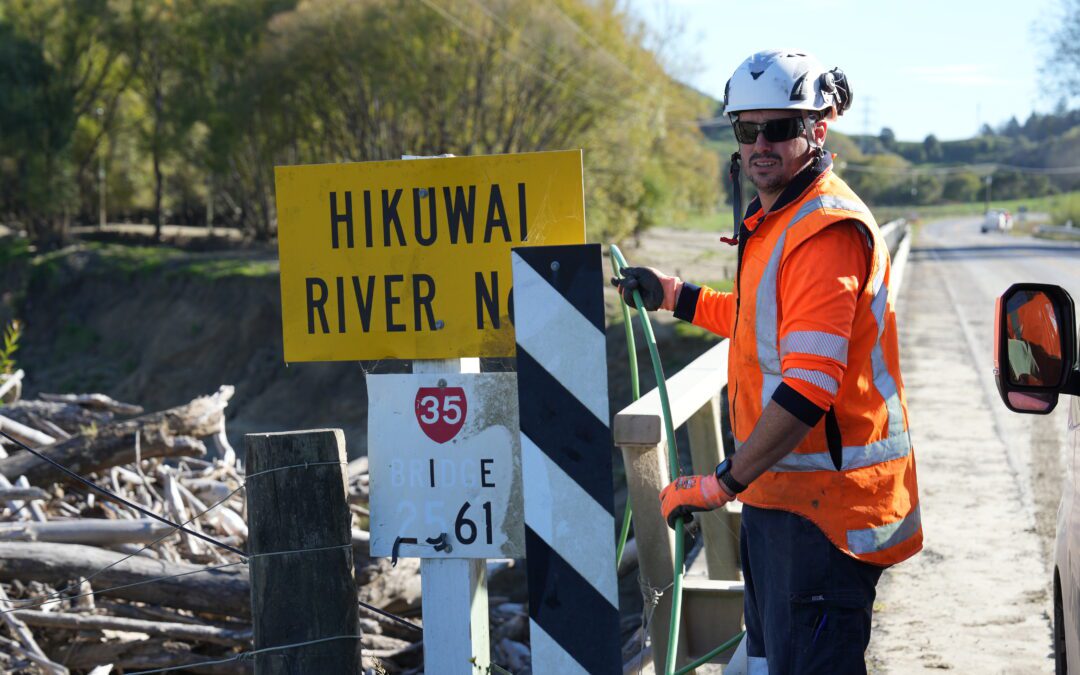How do you tell a splitter from a filter? A router from a modem? Or distinguish a compromised Wi-Fi signal from a slow internet connection? These questions and many others baffle New Zealanders daily, as technology available to consumers becomes more varied, sophisticated and complex.
The entire communications ecosystem is becoming more complicated. Think how many devices in a typical household now rely on a broadband connection: smart phones; smart TVs; and even heat pumps and lighting systems. This trend is only set to increase further with the Internet of Things. Many connected devices will be purchased online and installed by the consumer – without any involvement from their telecommunications provider – until things go wrong.
The TCF is taking an active role in educating consumers about how to best manage their numerous telco services and connected devices, but there is only so much that can be done to simplify complex issues. Telco services are not plug-and-play like electricity; there could be a myriad of solutions to any given problem, and often a qualified technician is the only way of troubleshooting and fixing an issue.
I recently had fibre installed, in my own home, and was perplexed to find the signal varied greatly from room to room. Hours of troubleshooting later, I found I needed to re-wire cables to my kitchen, and switch off my old iPad, which had older technology installed that switched the entire network onto a slower signal. I am not an engineer or a technician so I was relying on Google and YouTube to find solutions. It was time consuming and frustrating. And the process of elimination is not as simple as other utilities. I got there in the end, but I don’t know how other consumers manage on their own.
Similarly, broadband speed issues may be caused by phones, burglar alarms and Sky decoders, which require filters if you’re on a copper internet connection. Even using cordless phones or a baby monitor might affect a Wi-Fi signal. Some technical knowledge is required to tackle complex connection issues like these and most consumers wouldn’t know where to start.
It’s great to see the industry offering additional technical services to consumers, and the satisfaction of these consumers increasing as a result. However, with such tight margins and increasing competition, these types of services inevitably end up being user-pays.
Let’s Talk Telco, a TCF initiative, aims to bridge the gap in telco knowledge for average consumers in New Zealand. We’re currently testing the nation’s Telco IQ and will be using the results of our quiz to post simplified troubleshooting information on our Facebook page. Follow us here
What to do when it’s not you:
Although many broadband problems do occur in the home, with over 7 million connections, and consumers constantly connected to the fixed and mobile networks, sometimes service problems do occur. The industry does take responsibility for service failures, and provides a free complaints service for consumers and small businesses in the form of the Telecommunication Dispute Resolution Scheme (TDRS). The TDRS can be contacted here.
By Geoff Thorn, CEO NZ Telecommunications Forum
